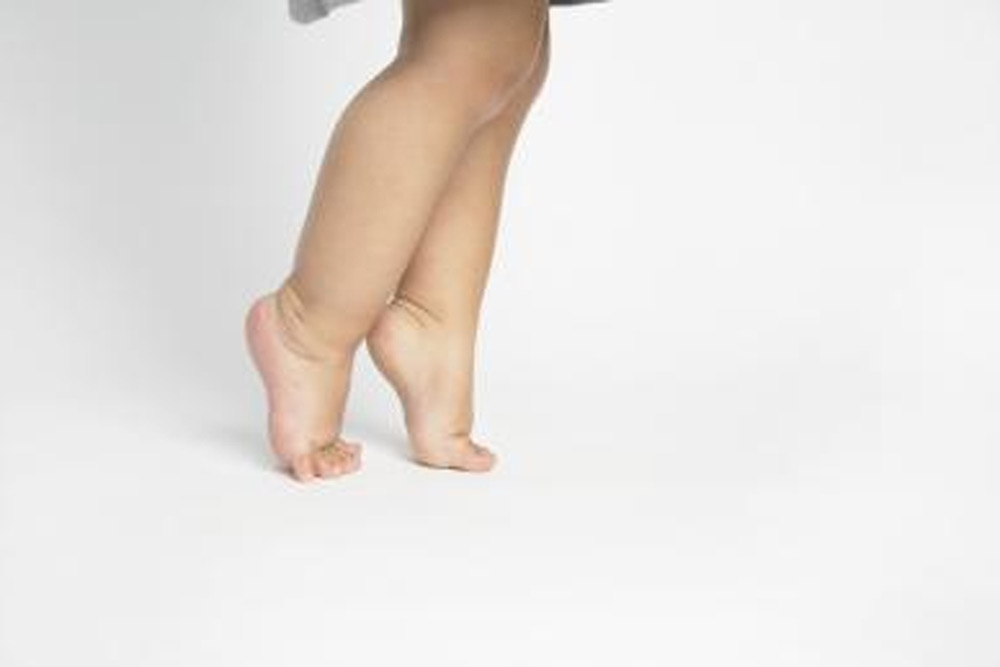Toe walking, or walking up on the balls of the foot is common in young children; it is estimated that 5-10% of children will toe walk. In most cases children who are healthy and otherwise developing well, will grow out of this way of walking. In a small number of cases, it may be a sign that there are more serious issues.
Toe walking is most commonly seen when children first begin walking; they may walk on the balls of their feet in the first 2-3 months but begin contacting with their heel once they become a little more confident with walking.
It is worthwhile having your child’s toe walking assessed if you are concerned, if the toe walking continues after 2 years of age or if your child is becoming less coordinated over time.
After 5 years of age most children will have ceased toe walking. Those that continue to toe walk may do this out of habit and will not generally do this constantly.
In those children who persist without any underlying health issues, the condition is called idiopathic toe walking. This means that the cause is unknown.
Treatment is often not required under the age of 6 if the child is otherwise developing well. Toe walking can, however, lead to tight calf muscles and sometimes leg or foot soreness. Your podiatrist can assess the tightness of the muscles, rule out joint issues and suggest a massage and stretching program to help maintain flexibility. This will help to keep your child comfortable and active and promote a more balanced gait or walking pattern in the long term. Sometimes special footwear, arch supports and gait training games or exercises may also be used.
In conclusion, toe walking is a common condition that resolves without long term issues for most children, however, should be assessed if you are concerned that your child has pain, other health or development issues or if the toe waking persists after 2 years of age.
